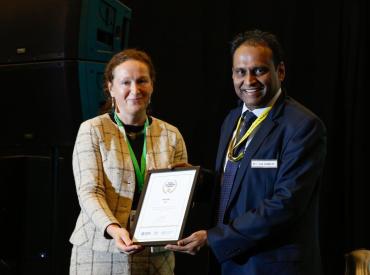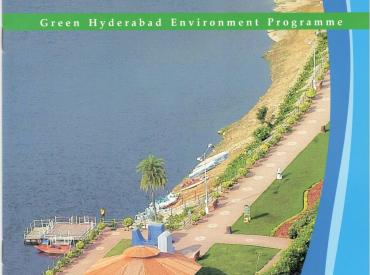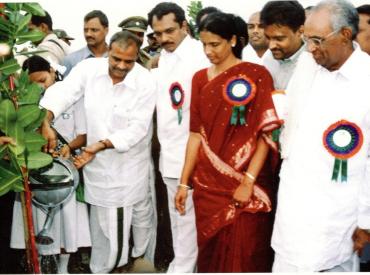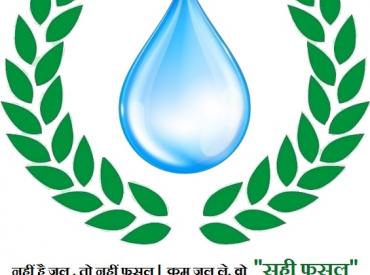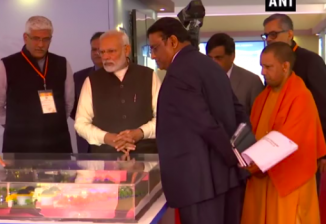
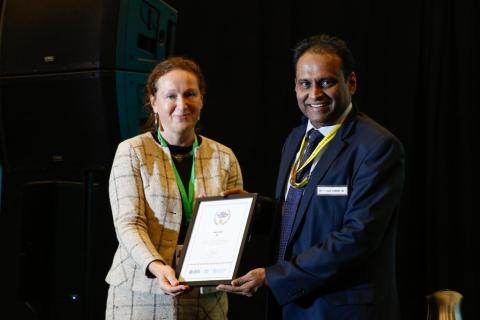
Namami- Gange is a flagship program of Government of India to clean and rejuvenate River Ganga and its tributaries. It is implemented by National Mission for Clean Ganga (NMCG, Ministry of Jal Shakti, Government of India. G. Asok Kumar, IAS is the Special Secretary and Director General of the National Mission for Clean Ganga.
Namami- Gange was recognized as one of the top 10 "Eco-Restoration World Flagships" by UN (by a UNEP- FAO led consortium) at the Bio-Diversity CoP15 (Conference of Parties) on 13 December, 2022 at Montreal, Canada. This was after examining over 160 eco-restoration projects across the world by a consortium led by UNEP and FAO.
2021 – 2030 is declared as the Decade on Ecosystem Restoration by UNGA, positioning restoration of ecosystems as a major nature-based solution for achieving SDGs & national priorities. World Restoration Flagships of the UN Decade are the first, best, or most promising examples of largescale and long-term ecosystem restoration in any country or region. Led by UNEP and FAO, it embodies 10 Restoration Principles of the UN Decade. It aims at massively scaling up restoring, through political and financial support, along with scientific research
During the tenure of G. Asok Kumar, many innovative people centric programs were launched in Namami-Gange under the "Arth-Ganga" concept suggested by Prime Minister Modi in the National Ganga Council meeting in 2019 at Kanpur. These include identification of the 6 pillars of Arth Ganga- (viz Natural Farming; Monetization and Reuse of Treated Water and Sludge; Generation of Livelihood opportunities; Promotion of Tourism and Cultural heritage; People's participation; and building of institutions and capacities of stakeholders); starting of the DGC forum meetings (District Ganga Committee- 4M- Monthly, Mandated, Minuted and Monitored) meetings; Promotion of River Cities Alliances, Ghat par Yoga, Ganga Artis (paying obeisance to River Ganga), staring of the digital dashboard PRAYAG- Platform for Realtime Monitoring of Yamuna And Ganga and tributaries, in a Command and Monitoring room etc. These are in addition to the multifold increase in the Sewage treatment Capacity created - about 2000 Million Liters Daily (MLD) in about 2 years from January 2022 to October 2023 compared to 993 Million Liter Daily (MLD) created in 8 years from 2014- 2021.



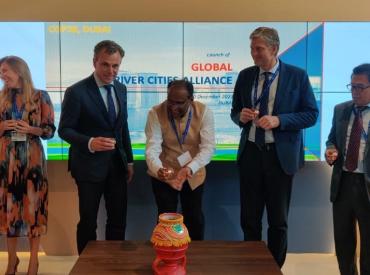 ,
, 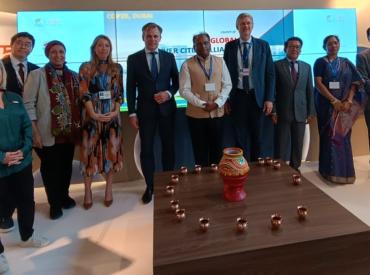
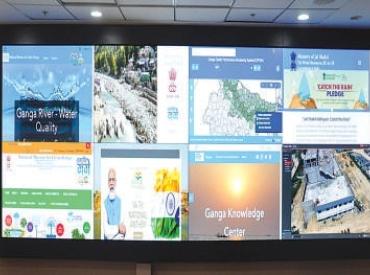 ,
, 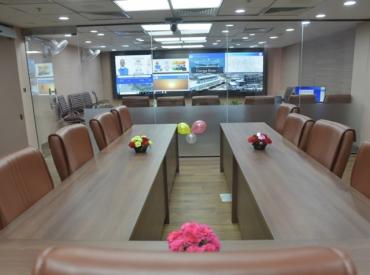
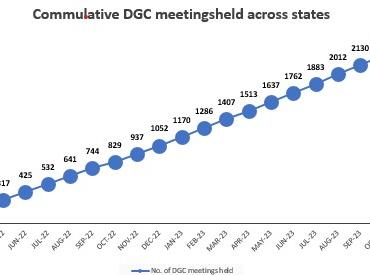
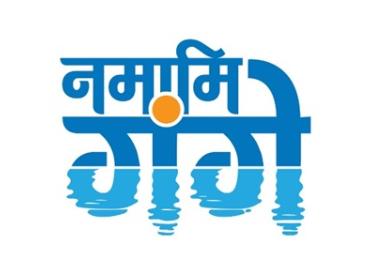 ,
,  ,
, 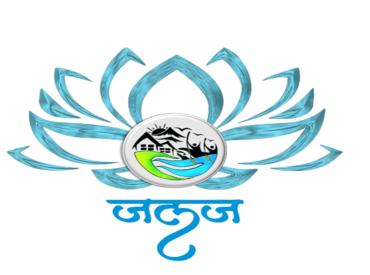
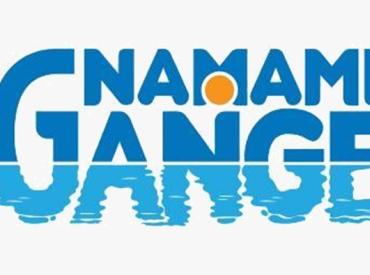 ,
, 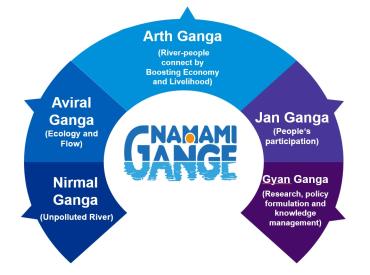 ,
, 